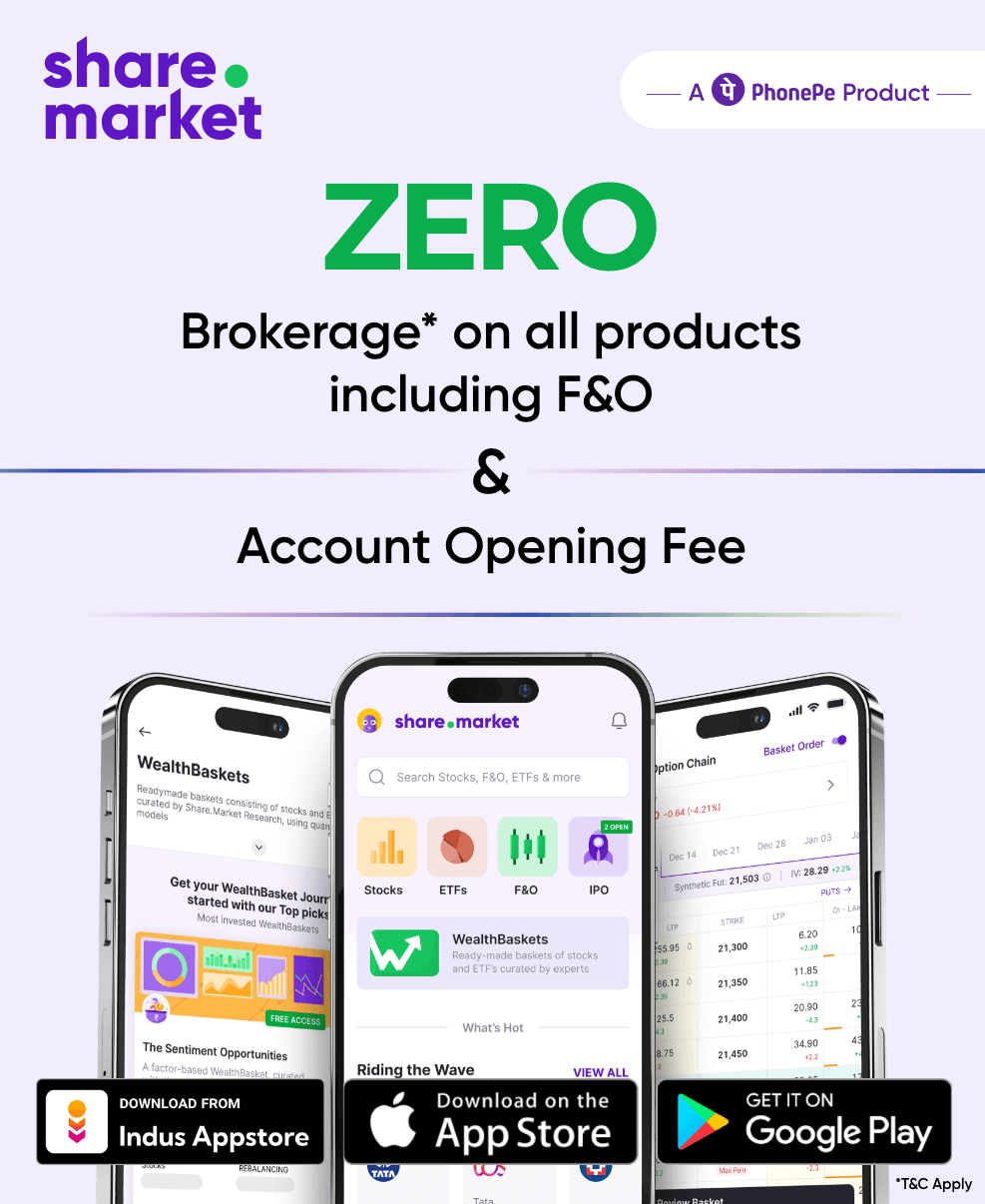
How to Minimize Risks in Trading?
Risks in trading measure uncertainty and potential loss. Although this may sound like a bad thing, there is a clear link between risk and reward. In other words, riskier actions tend to have a high profit potential. As a result, risk is a measure of an investment’s size rather than a way to know whether an investment is worthwhile or not. Traders risk losing money on every trade.
Regardless of how frequently you win, if you do not manage your risk, you may wind up blowing up your account. A sound risk-management approach can protect traders from severe losses. In this article, we will look at some essential strategies for broking.
What is Risk Management?
Risk management is a systematic and logical method for controlling or mitigating risk. The primary goal of risk management is to minimize potential losses while maintaining upside potential.
At its foundation, trading risk management has two objectives:
- To put in place systems to reduce or eliminate undesirable risks
- To help decision-makers better grasp the trade-offs between risk and reward
How to Manage Risk In Trading?
Risk management trading helps protect capital while navigating the uncertainties of financial markets. Here are some essential strategies to manage risk in trading:
- Assess Your Risk Tolerance
Before taking any trades, assess your risk tolerance. This involves understanding how much potential loss you’re comfortable with. Consider your financial situation, emotional state, and overall investment goals. A lower risk tolerance necessitates a more conservative approach, while a higher tolerance might allow for greater exposure to volatile assets.
Certain risks in trading are unavoidable such as market crashes. To avoid such challenges, you need to maintain a risk-reward ratio that is comfortable for you which compares potential profits to potential losses for a specific trade.
- Avoid Emotional Trading:
Fear and greed are the greatest risks in trading. Fear can make you overly cautious, leading to missed opportunities, while greed can drive you to take unnecessary risks for potential higher returns. Stick to your investment plan and avoid impulsive trades based on market noise or short-term fluctuations.
Market noise is the constant flow of news, rumors, and short-term market movements that can create a sense of urgency. Emotional traders may be tempted to react hastily to such noise, making decisions that go against their long-term interests. Instead, focus on the bigger picture and the overall trend of your investments over time.
- Diversify Your Portfolio:
To get the most out of your trade, never put all of your eggs in one basket. If you invest all of your money in one place, you risk losing a lot of money. Remember to diversify your investments by industry, market capitalization, and geographic area.
A diversified portfolio is a common strategy for risk management that brokers advise investors which includes a combination of stocks, bonds, commodities, and other securities. By allocating funds across different asset classes, the overall exposure to the risks associated with a specific market or sector is reduced. This not only helps you control risk but it also provides you with new chances.
- Use the One-Percent Rule
A strategy commonly used for risk management is the one-percent rule. It suggests that you shouldn’t invest more than 1% of your total money or trading account in a single trade. If your account is larger, many traders prefer an even smaller percentage. This is because, as your account grows, so does the amount you invest in each trade. Overleveraging, or investing too much in a single asset, can cause investors to incur huge losses.
- Set Stop-Loss
Deciding when to sell a stock can be tricky, so traders often use stop-loss and limit orders to make it automatic. A stop-loss is like an emergency button that sells the stock if it’s not going well, preventing higher losses. It’s a way to avoid thinking, “Oh, it’ll bounce back,” and stopping losses before they get too big.
- Risk-Adjusted Return Calculation
Risk-adjusted return calculation is a fundamental risk management strategy for trading. By employing metrics like the Sharpe ratio, traders can assess the performance of their portfolios in relation to the level of risk taken.
The Sharpe ratio is a common risk-adjusted return calculation that measures excess return upon volatility. A higher Sharpe ratio indicates better risk-adjusted performance.
For example, an investment with a Sharpe ratio of 2.0 generates twice as much return per unit of risk as an investment with a Sharpe ratio of 1.0. This approach lets traders make more informed investment decisions that align with their risk tolerance and return objectives.
Final Takeaway
Managing risks in trading is crucial for investors to minimize potential losses. Successful traders often use the phrase “plan the trade and trade the plan.” It emphasizes the importance of having a well-thought-out strategy before entering the market and then sticking to that plan regardless of emotional reactions. By adopting risk management strategies, traders can strike a balance between risk and reward in the unpredictable world of trading.
FAQs
Risk management is crucial to protect brokers from substantial financial losses. It helps in preserving capital, ensuring long-term sustainability, and minimizing the impact of market uncertainties.
An appropriate risk-reward ratio depends on your trading strategy, risk tolerance, and market conditions.
Trading involves various risks that traders should be aware of, including market risks, geo-political risks, operational risks, and psychological risks.
Yes, risk management is essential for long-term investments. It helps investors protect their capital and make informed decisions, whether they are actively trading or holding investments for a longer period.
Yes, it is possible to set stop-loss orders or use other automated risk management tools that can be programmed into trading algorithms. However, it’s important to monitor automated systems and adjust them as needed.

